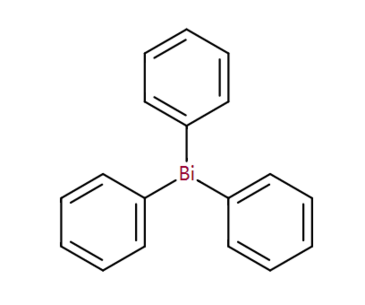Bučinský, L., Jayatilaka, D., Grabowsky, S.
Acta Crystallographica Section A: Foundations and Advances (2019) 75, pp. 705-717.
doi.org/10.1107/S2053273319008027
Quantum crystallographic refinement of heavy-element-containing compounds is a challenge, because many physical effects have to be accounted for adequately. Here, the impact and magnitude of relativistic effects are compared with those of electron correlation, polarization through the environment, choice of basis set and treatment of thermal motion effects on the structure factors of diphenylmercury(II) [Hg(Ph)2] and dicyanomercury(II) [Hg(CN)2]. Furthermore, the individual atomic contributions to the structure factors are explored in detail (using Mulliken population analysis and the exponential decay of atomic displacement parameters) to compare the contributions of lighter atoms, especially hydrogen atoms, against mercury. Subsequently, relativistic Hirshfeld atom refinement (HAR) is validated against theoretical structure factors of Hg(Ph)2 and Hg(CN)2, starting from perturbed geometries, to test if the relativistic variant of HAR leads to multiple solutions. Generally, relativistic HAR is successful, leading to a perfect match with the reference geometries, but some limitations are pointed out.


